When my friend Ramie visited me last spring, it was the first time I’d seen her in eight years. I wanted to cook a great meal for her on her first night, but we’d lost touch for a lot of those eight years, and I wasn’t sure what kind of eater she was. I knew she used to be a vegetarian and wasn’t anymore.
I thought a hodgepodge of Middle Eastern dishes would be perfect – most of it could be made in advance, it was fairly light in case she was a health nut (uh, apparently not), it was vegetarian in case she was picky about meat, it went with either red or white wine in case she didn’t care for one, it could sit out for nibbles while we sat and chatted, and, of course, it was delicious. I made hummus, fresh pita, falafel, and tabbouli, but got stuck when it came time to plan a salad.
I ended up making a cucumber-tomato salad, which was fine but uninspired. I wish I had known about this pepper salad then. This salad is most definitely inspired. I particularly love the idea of a quick pickle for the red onions to tame their bite.
Peppers are one of the many foods I used to be picky about and now like quite a bit, but I was a little hesitant about a salad that starred them. However, everything in this salad came together perfectly. The sweet peppers were balanced by the tart dressing was balanced by the creamy feta was balanced by the fresh cucumber. I need someone else whose eating habits I’m not familiar with to come visit now that I can make their welcoming meal that much more perfect.
One year ago: Beer-Battered Fish
Two years ago: Green Chile Chicken Enchiladas
Printer Friendly Recipe
Mediterranean Pepper Salad (adapted slightly from Smitten Kitchen)
Cut the peppers, cucumbers, and tomatoes while the onion rests in the vinegar solution.
I left out the olives because Dave is not a fan and the tomatoes because…eh, I just wasn’t in a tomato mood.
As much as I loved this salad, it was a little salty for our tastes. For that reason, I’ve decreased the kosher salt in the onion pickling solution from 1 tablespoon (3 teaspoons) to 2 teaspoons. I’ve also increased the feta slightly, as Dave and I felt that the feta really brought everything together.
¼ cup red wine vinegar
¼ cup cold water
2 teaspoons kosher salt
2 teaspoons sugar
½ medium red onion, cut into a ½-inch cubes
3 bell peppers, your choice of colors, cut into ½-inch cubes
1 cucumber, cut into ½-inch cubes
1 cup grape tomatoes, halved
6 ounces firm feta cheese, crumbled
¼ to ½ cup pitted kalamata olives
¼ cup extra virgin olive oil
Salt and pepper to taste
1. Stir together the red wine vinegar, water, kosher salt and sugar in a small bowl until the salt and sugar are dissolved. Add the red onion and set aside for at least 15 minutes.
2. Combine the vegetables, cheese, olives, and drained onions in a large bowl. Pour a quarter cup of the vinegar mixture leftover from the onions over the salad, then drizzle with the olive oil. Adjust the seasonings to taste and either serve immediately or refrigerate for up to one day.

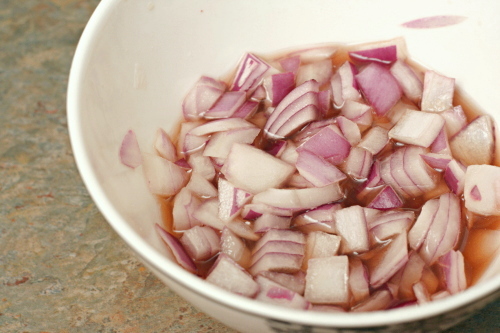
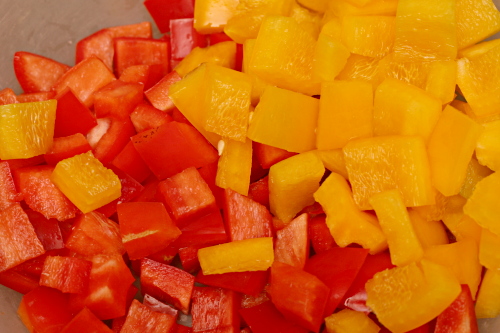
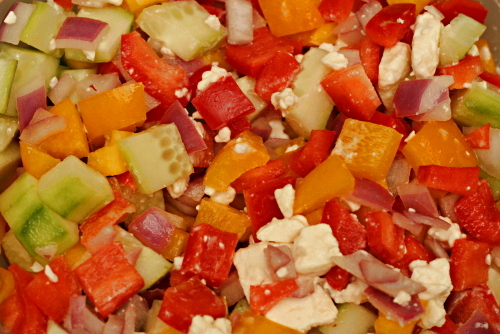

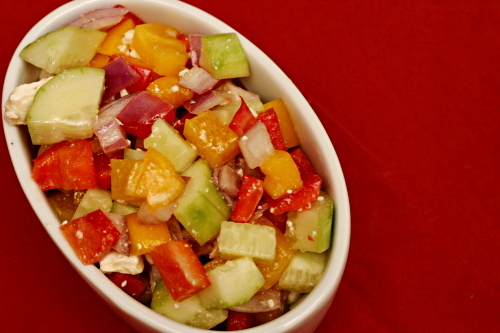
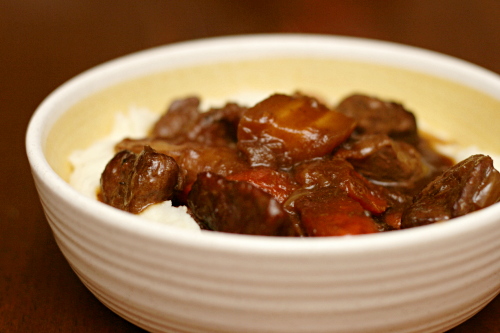
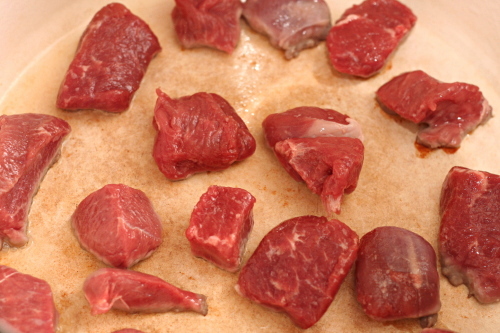
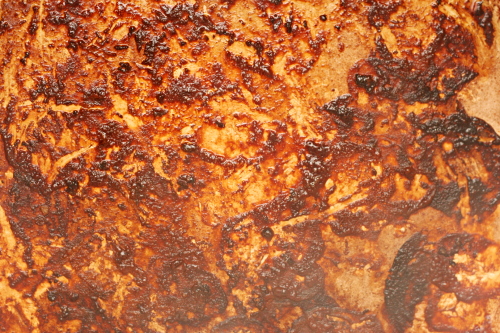

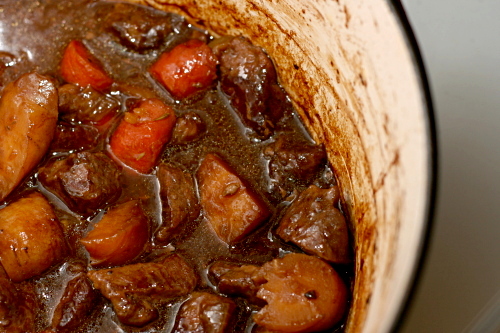
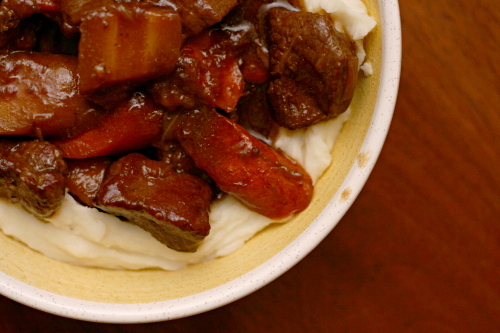
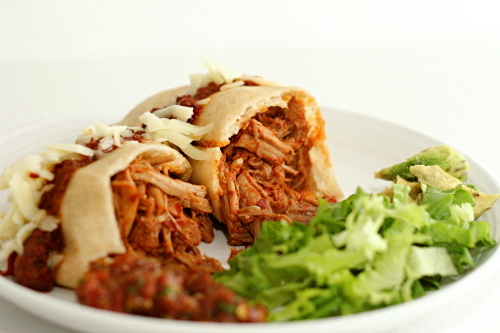
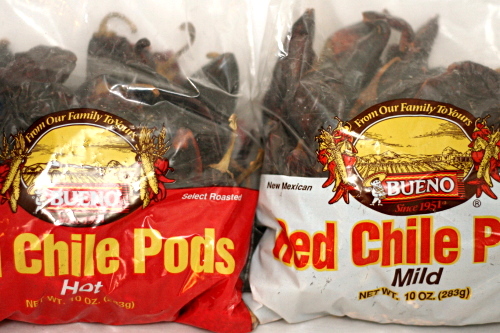
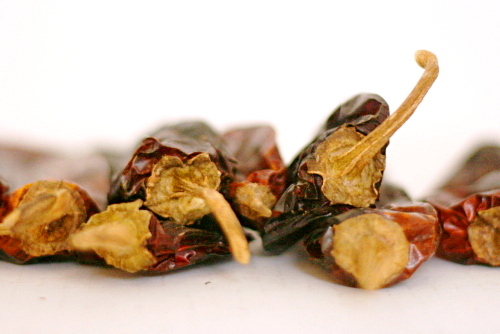


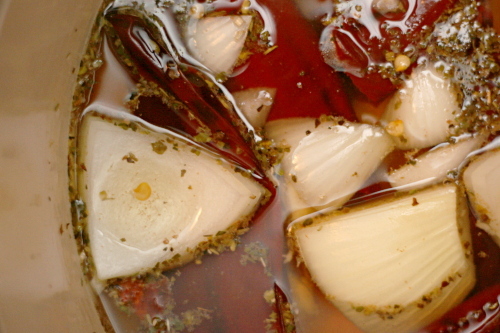


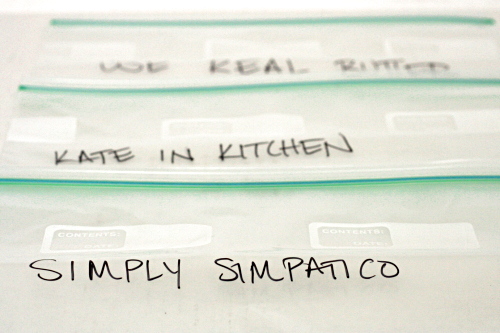
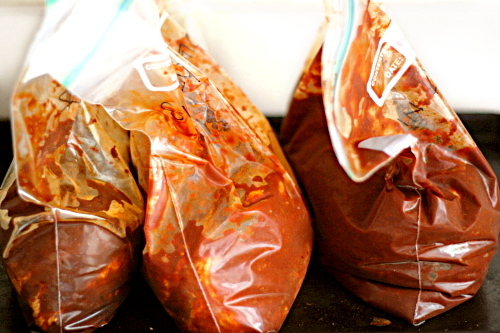


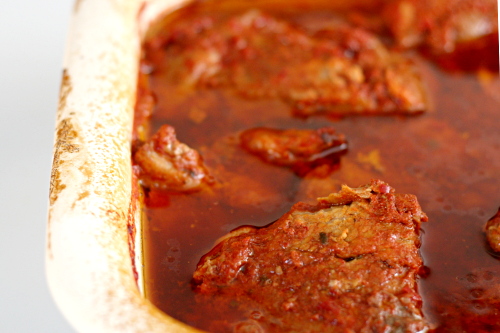
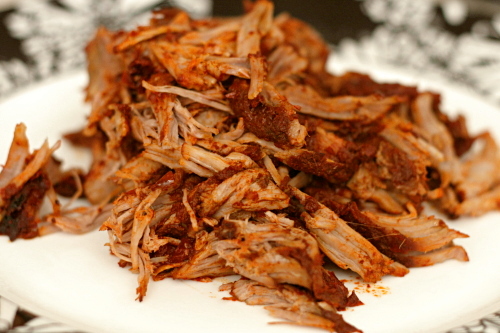
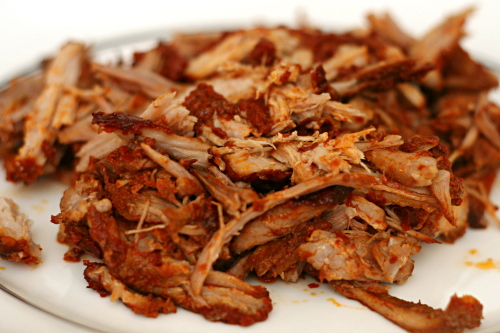
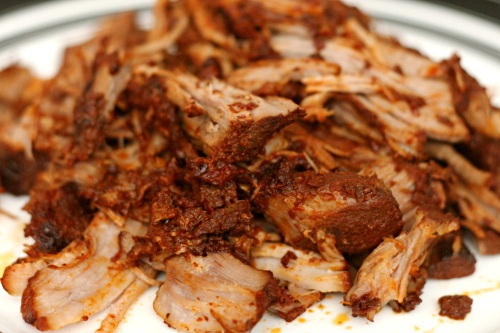
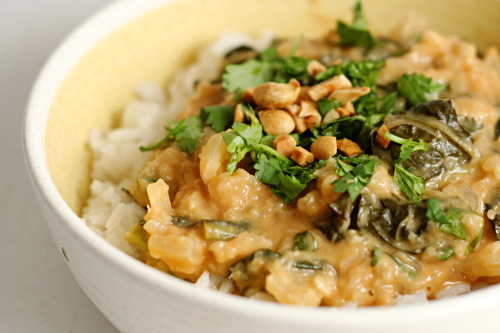
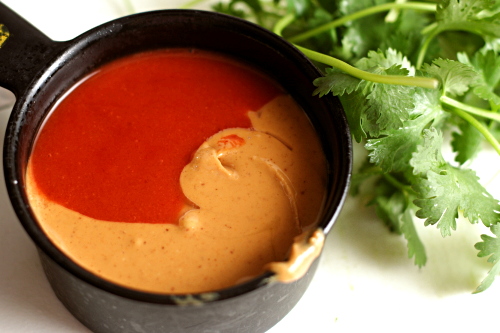
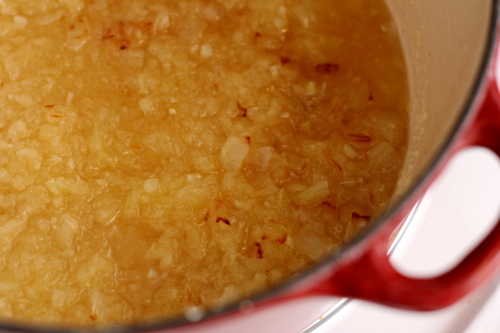
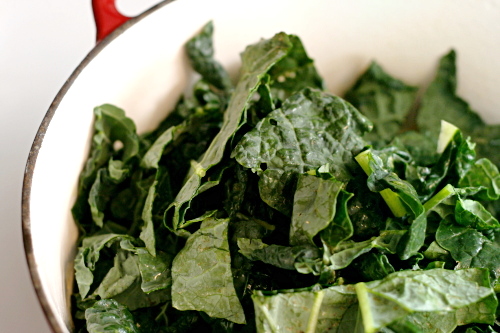
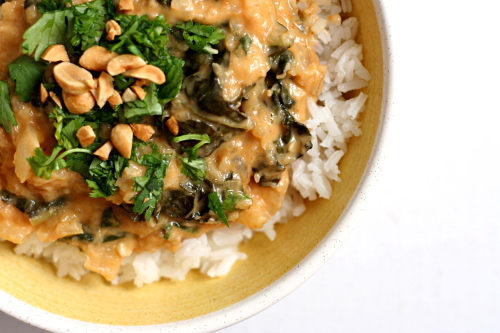
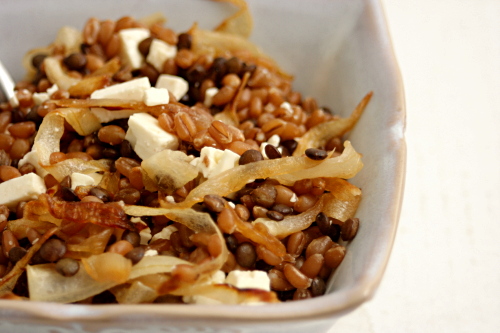
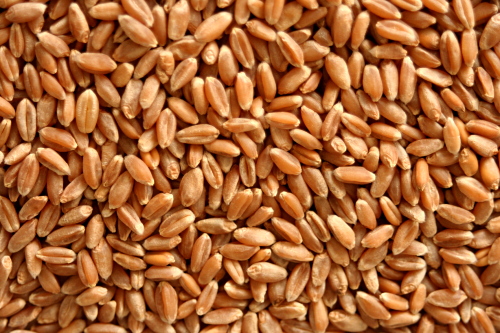
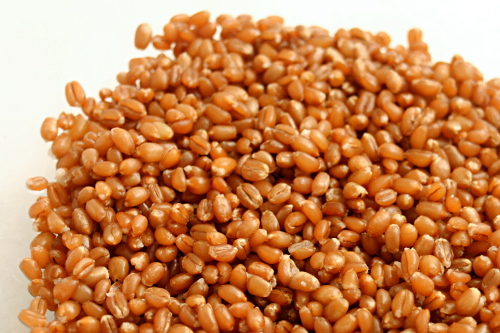
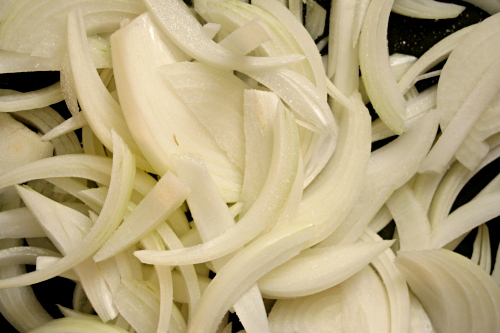
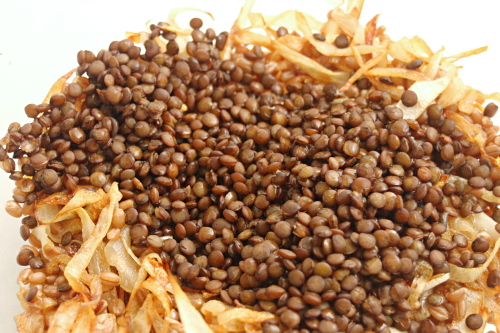

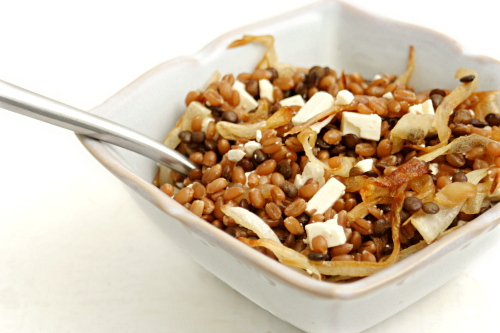





 Photo updated 12/02/08
Photo updated 12/02/08





